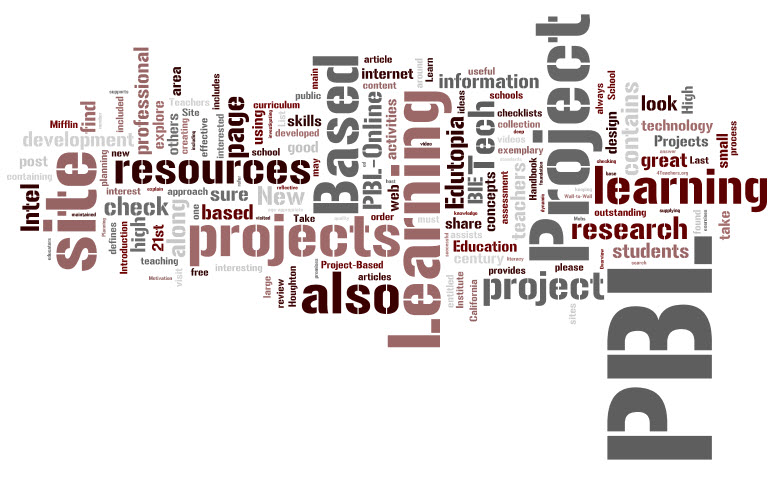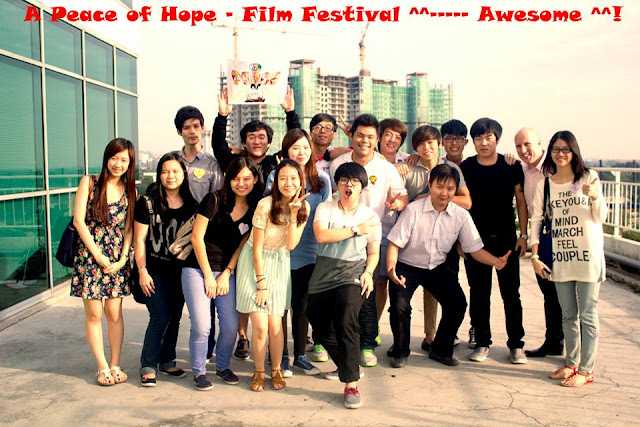 |
| Self-assessment |
I recently finished my MA in TESOL and I thought I'd share some of the stuff that I researched and found out. My MA thesis was titled 'Assessing collaborative group work' and I looked at a number of different assessment methods for use in the classroom. I did an action research which means I used my own classroom as my research base and analysed my practice as a teacher. At the end of it, I learned some pretty interesting things, which I thought I'd share. This, I hope, will be the first of three posts about assessment.
What is self-assessment (SA)?
Boud & Falchikov (1989) define it as how learners decide and make judgments on what they are learning in terms of success. There have been many claims as to the benefits of SA. Harris (1997) claims that "self-assessment is rightly seen as one of the pillars of learner autonomy". He and Gardner (2000) also agree that SA could make active learners out of passive learners.
An issue of trust
It is easy to quote claims made my researchers as to the benefits of SA, though, I am sure that many of you out there may not be 100% convinced that it is reliable and valid.
Reliability is defined as "consistency with measurement tools".
Validity is defined as "agreement with teacher judgements". (Ross 2006)
In terms of reliability and validity studies have supported claims that it is a trustworthy assessment tool in the classroom (See Boud ad Falchikov 1989; Sadler and Good 2006; Liang and Tsai 2010). With any study the results may not be consistent for every classroom situation, so Ross (2006) and Chang, Liang et al. (2012) recommend that training is given to both teacher and student. When this is done, there is a possibility of increased accuracy with SA.
Classroom usage
You can use SA in a number of different situations. Firstly, you need to decide if you are using it for formative (as you go) or summative (at the end) assessment. If you are like me, you may be a little skeptical of basing the student's final grades on a SA, so when I first started, I used SA for formative assessment, then moved on to use it for summative. If they have to do an activity/project for you, such as an essay, you could use SA to help the students to realise their own strengths and limitations.
 |
| A rubrics which could be used for self-assessment |
In order to increase the validity and reliability it is important to give your students exposure to SA first. Below is how you can scaffold the use of self-assessment in your class.
Step 1 - Using SA for simple activities/projects
Carry out some group activities with your students. Then, give them a simple rubric and ask them to assess their own performance. Your students will find this strange at first, but they will soon get used to it.
Step 2 - Using SA for your main activity/project
For the main activity you wish to use SA with, it is a good idea to do it twice. You can do it half way through the activity, assuming that is takes a number of days, then use the same SA at the end of the project/activity.
Step 3 - Keep records
Keep a note of all the students' scores, because at the end you can compare the score from the mid activity/project SA and the final SA.
Step 4 - scoring
This part is up to you. If you are not so sure about SA why not make their score form 20% of their final grade. That means, 80% comes from you and 20% comes from them. If you are more confident that your students can handle it, why not give them control over 30-40% and you can take 60%. it is completely up to you and really depends on your classroom situation.
Reflection
I myself was skeptical about using self-assessment at first, however, I have come to see how powerful it is. Giving the students ownership of their own grade helps them to become part of the assessment process. I haven't had any students complain about their final grade, because they were partly responsible for it.
Furthermore, when I started the main project, I noticed that some of the students were not working so hard. When I gave the students the mid-project SA, they quickly realised that they hadn't done much work and were likely to get a low grade. Needless to say, the next day in class those students' attitudes changed and they suddenly became very active members of the classroom.
I do support the views that self-assessment can make students more active participants in the classroom, as well as help to make them more autonomous. By using SA you relinquish some of your control as teacher and it helps to change the environment of the classroom from teacher controlled to student and teacher working together.
I realised that it is important for students to be active participants in the assessment process and not just receivers of it. The outcomes will vary from classroom to classroom, however, I do feel that students can get a lot out of self-assessment, as well as the teacher.
Next time
In my next post I'll look at peer-assessment and talk about how it can be used in the class. I'll also go into overrating and underrating, which is directly linked to reliability and validity.
I hope this post has been useful and if you use self-assessment in your classrooms, I'd love to hear how you do it and the reaction you get from your students.
References
Boud, D. and N. Falchikov (1989). "The role of self-assessment in student grading."
Assessment and evaluation in Higher Education 15(1): 101-111.
Harris, M. (1997). Self-assessment of language learning in formal settings. Oxford, Oxford
University Press.
Gardner, D. (2000). "Self-assessment for autonomous language learners." Links & Letters
7.
Sadler, P. and E. Good (2006). "The impact of self and peer-grading on student learning."
Educational assessment 11(1): 1-31.
Liang, J. C. and C. C. Tsai (2010). "Learning through science writing via online peer
assessment in a college biology course." Internet and Higher Education 13:
242-247.
Ross, J. A. (2006). "The Reliability, Validity, and Utility of Self-assessment." Practical
Assessment Research & Evaluation. 11(10).
Chang, C. C., C. Liang, et al. (2012). "Is learner self-assessment reliable and valid in a
web-based portfolio environment for high school students?" Computers & Education
60.























